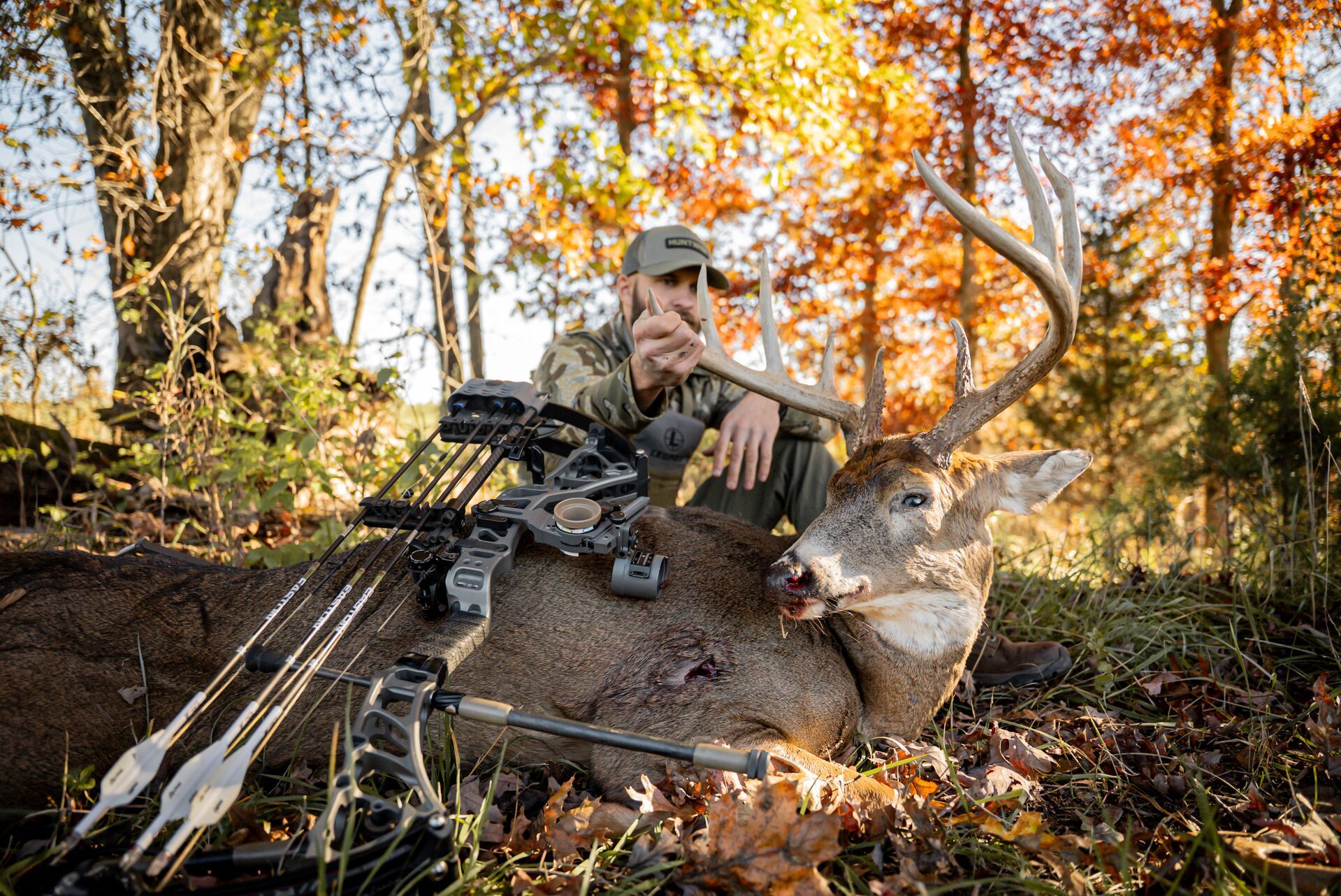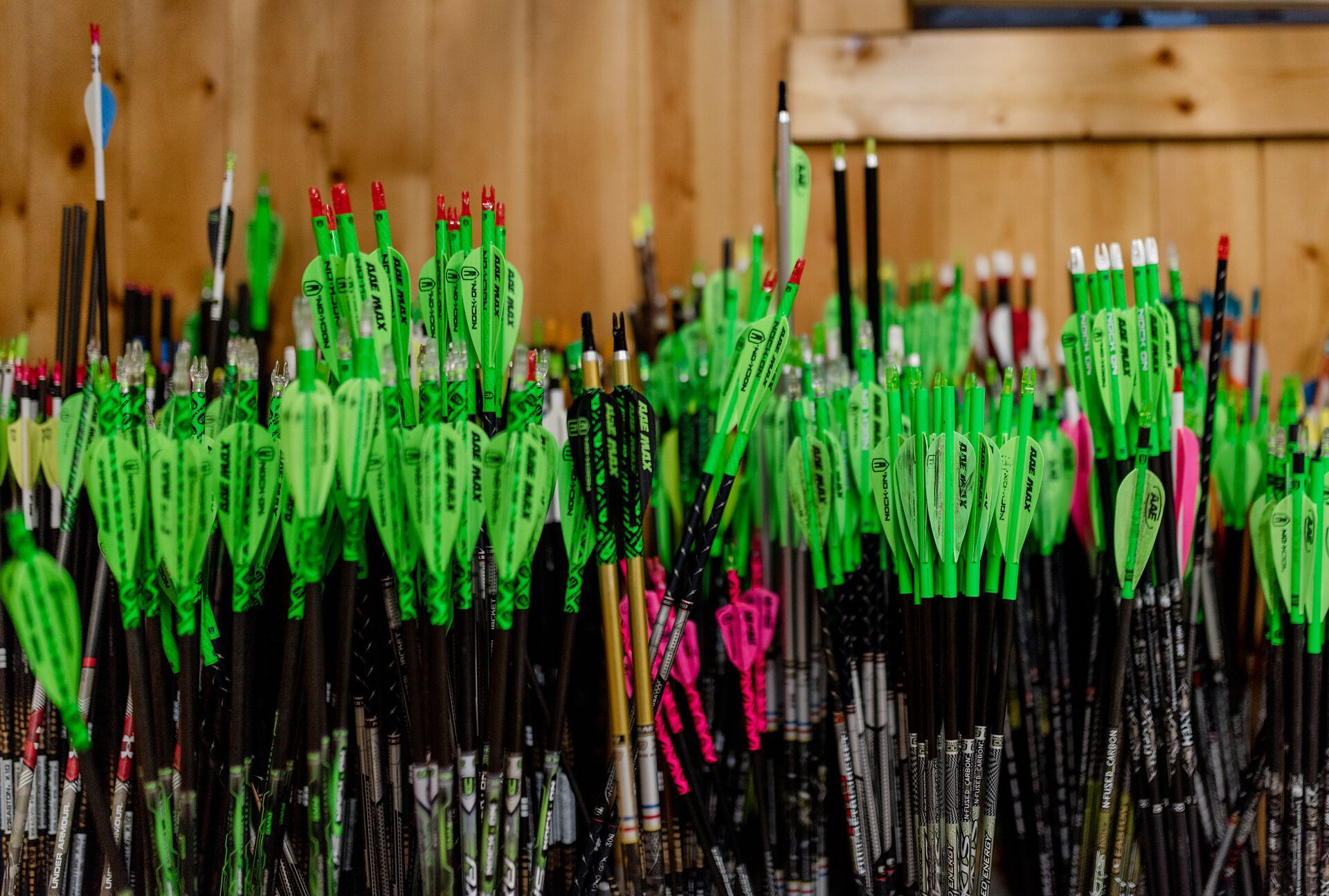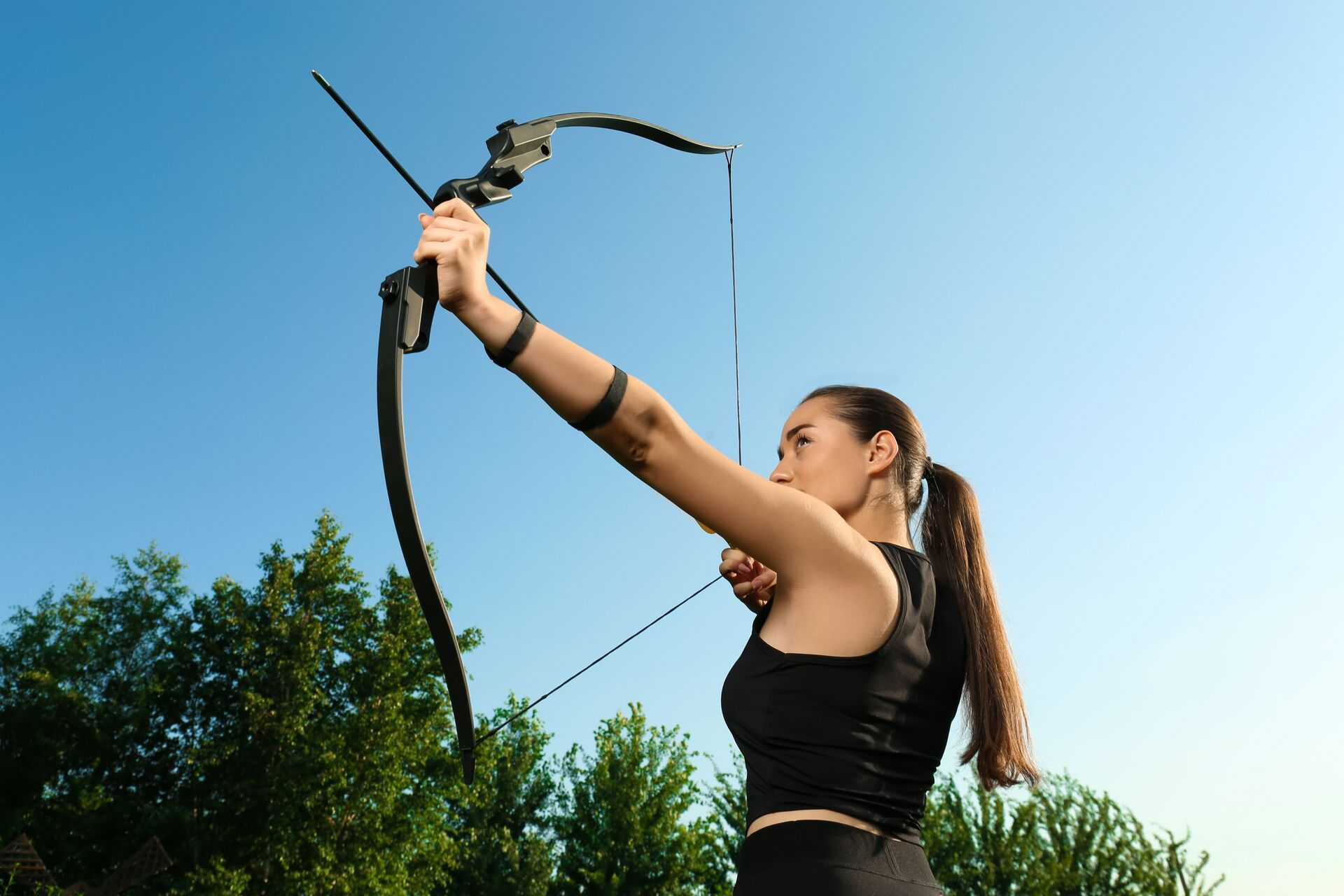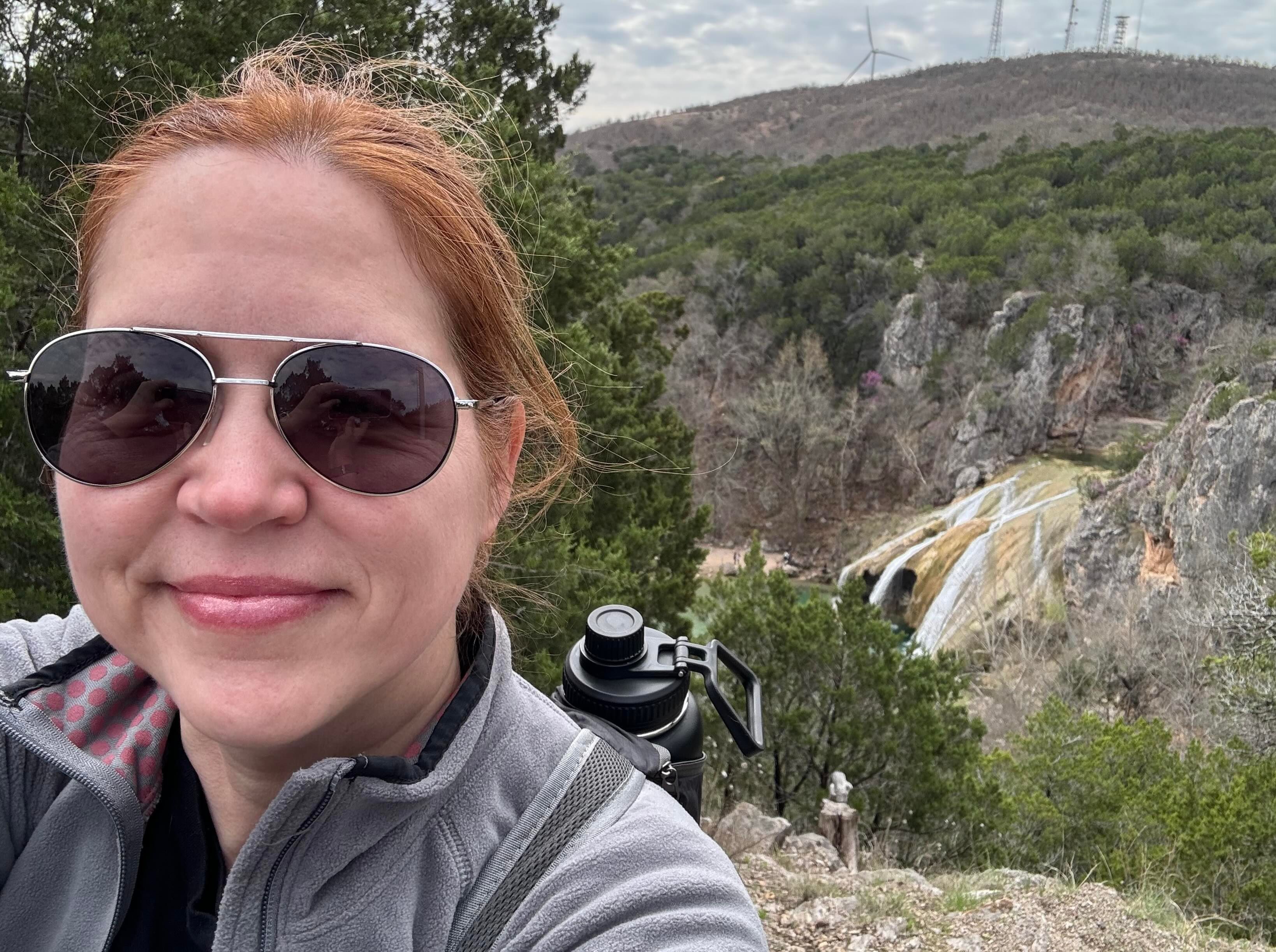Field Guide / Bowhunting
Should You Try Bowhunting Turkey?
Wild turkeys see in full color, have telescopic vision, have delicious meat, and often eagerly respond to calling. Wild turkeys are the largest of North America’s game birds, exciting to bowhunt, and can be pursued in spring, coinciding with their breeding season.
Previous in Bowhunting
More Content Like This

A Guide to Bow Care After the Hunting Season
When archery season comes to an end, it's time to consider crucial post-season maintenance for your equipment. Bow care after the season can go a long way in maintaining the longevity of your gear. Read More
Read More
Carbon, Aluminum, and Wooden Arrows: Which is Best?
Many hunters don't realize it, but no arrow flies perfectly straight. When the energy transfers from the string into the arrow, the shaft flexes and vibrates. If this occurs at the right frequency, then the arrow flies straight; if not, then tuning m...Read More
Read More
Compound vs Recurve Bow: What's the Big Difference?
People have been hunting with bows and arrows since the Stone Age, and traces of ancient archery equipment have been found on every continent on which humans have lived. Read More
Read More Bowhunting
BowhuntingA Guide to Bow Care After the Hunting Season
When archery season comes to an end, it's time to consider crucial post-season maintenance for your equipment. Bow care after the season can go a long way in maintaining the longevity of your gear. Read More
Read More Bowhunting
BowhuntingCarbon, Aluminum, and Wooden Arrows: Which is Best?
Many hunters don't realize it, but no arrow flies perfectly straight. When the energy transfers from the string into the arrow, the shaft flexes and vibrates. If this occurs at the right frequency, then the arrow flies straight; if not, then tuning m...Read More
Read More Bowhunting
BowhuntingCompound vs Recurve Bow: What's the Big Difference?
People have been hunting with bows and arrows since the Stone Age, and traces of ancient archery equipment have been found on every continent on which humans have lived. Read More
Read More
1 of 3
